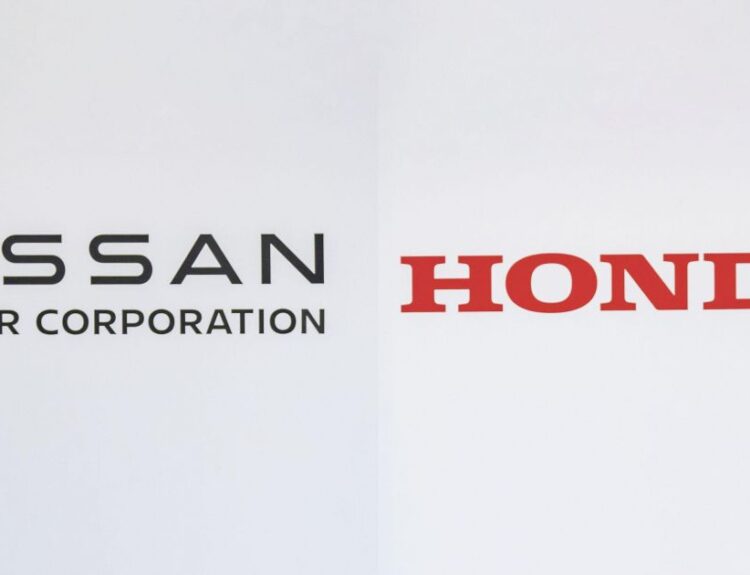
### Consider Timing Your Purchase of a Volkswagen Golf
Prospective buyers of the Volkswagen Golf may want to act sooner rather than later. The beloved hatchback is on the brink of significant price increases in the United States, driven largely by changes in production locations and evolving trade policies. Recently, Volkswagen struck a deal with the union representing its German workforce that allows all of its factories in Germany to remain operational while reducing the overall number of employees. Importantly, production of the Golf is set to shift to the company’s plant in Puebla, Mexico, by 2027.
This change in manufacturing could initially render the Golf more affordable for American consumers. However, looming tariffs proposed by the incoming Trump administration threaten to complicate that scenario.
The Tariff Threat and Its Potential Impact on Vehicle Pricing
President-elect Donald Trump has indicated an intention to impose a 25% tariff on all imports from Canada and Mexico. This represents a significant policy shift, particularly in light of the United States-Mexico-Canada Agreement (USMCA) established in 2020, which generally allows vehicles built in these countries to enter the U.S. tariff-free, provided they adhere to specific criteria.
Currently, vehicles manufactured in Mexico and Canada enjoy lower import costs compared to European-built counterparts. However, if Trump’s tariffs come to fruition, this economic landscape could experience a dramatic reversal.
Take, for instance, the Golf GTI, presently produced in Wolfsburg, Germany. It is currently subjected to a 2.5% tariff, resulting in a starting price of $31,965 in the U.S. Should the proposed tariffs take effect and the GTI production relocate to Mexico, its base price might surge to nearly $39,000—an increase of around $7,000 for an identical model.
Negotiation Versus Policy: The Role of Tariffs
While Trump’s fondness for tariffs is well-documented—he has referred to tariffs as “the most beautiful word in the dictionary”—many analysts speculate that these proposals may serve more as bargaining chips than concrete policy directives.
Senator Kevin Cramer (R-N.D.) articulated this perspective, suggesting that tariffs function best as tools for negotiation, wielded to influence trade partners towards concessions. He cautioned against using tariffs as a generalized revenue policy, which he believe poses greater economic risks.
Likewise, Marko Papic, a macro researcher and advisor to asset managers, suggests that while Trump’s rhetoric may create an image of inevitable high tariffs, he is unlikely to implement them to the extent described during his campaign. Papic posits that Trump’s approach will likely prioritize striking trade agreements, potentially incentivizing companies to relocate their manufacturing facilities to the United States.
Conclusion: A Waiting Game for Buyers
The transition of Volkswagen Golf production to Mexico is certain. However, the repercussions for U.S. pricing remain uncertain. Should the proposed tariffs come to pass, consumers may face a sharp increase in prices not just for the Golf, but for all models manufactured in Mexico and Canada.
Conversely, if these tariffs are merely a means of negotiation, Volkswagen’s production move could feasibly lead to reduced prices for the Golf as it transitions to a tariff-free import status. For those contemplating the purchase of a new GTI, acting sooner rather than waiting for potential policy changes may be the most prudent choice.
Source:www.autoblog.com






